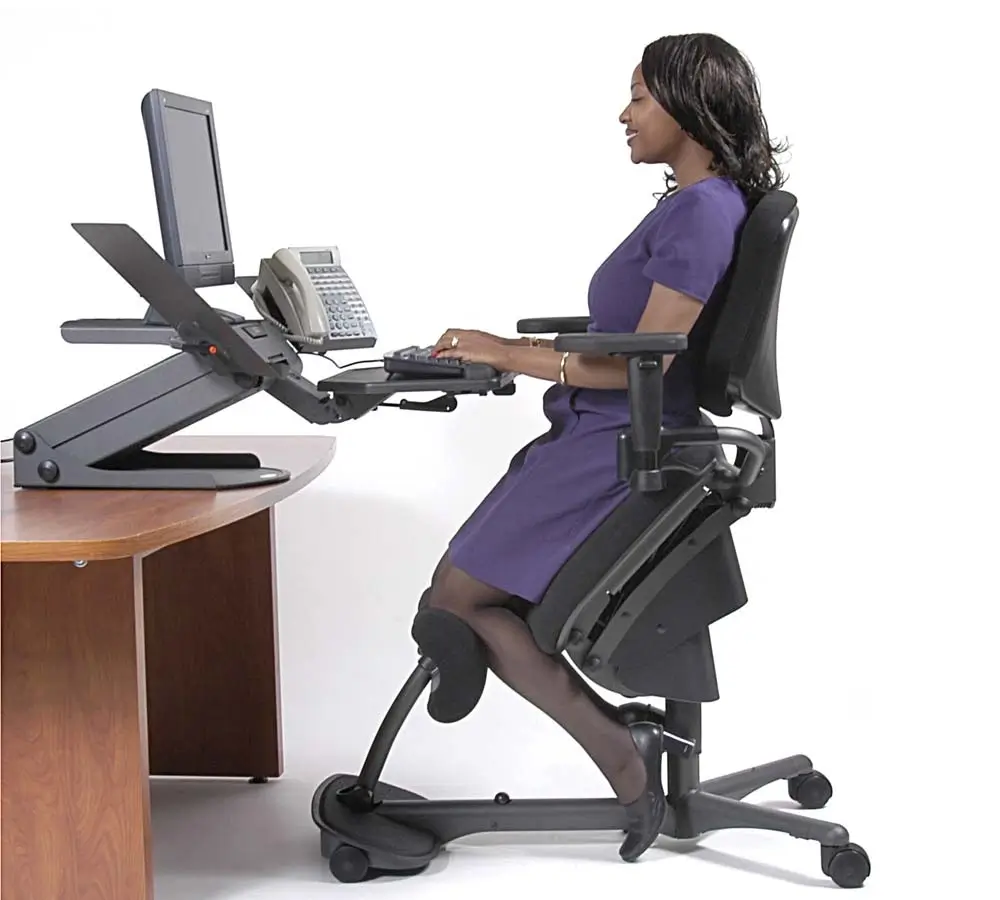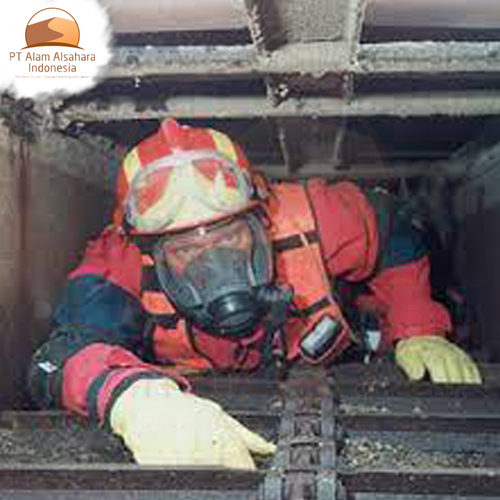Office Ergonomics: A Practical Guide to Working Comfortably and Staying Injury-Free
Office ergonomics is the science of designing your workspace to fit your body, so you can work comfortably, stay healthy, and avoid strain or injury. It’s not just about fancy chairs or standing desks—it’s about creating a setup that supports your posture, movement, and focus throughout the workday. Whether you’re working from home or in … Read more









